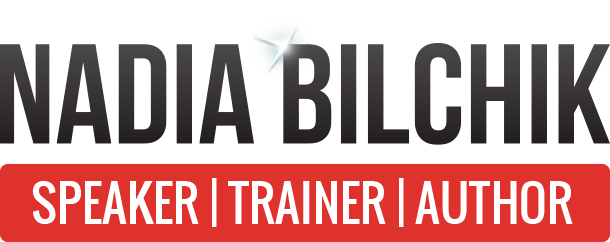
For the next 24 hours I am going to ask you to become very aware of your voice.
What is the tone of your voice when you answer the phone?
How do you sound when you are frustrated or upset?
What does your voice sound like when you are in a meeting and offer your opinion?
When you are giving a presentation, do you sound confident and comfortable or does your voice sound shaky and uncertain?
According to behavioral psychologist Albert Mehrabian, professor emeritus of psychology at UCLA, the effect of the tone, cadence, inflection and depth of your voice is five times more significant than the actual words you use.
So, the question to ask yourself is, are you are using your voice to enhance the overall way you are perceived, or does your voice in some way sabotage you?
In all my seminars and workshops on Presence, Personal Branding and Presentation Skills, one the things we focus on is having a calm, confident voice. What you need to do to really maximize your vocal quality is work on three main elements: Breathing, resonance and articulation.
And, while we aren’t all born with wonderful, resonant vocal chords, everyone can take these simple steps prior to a meeting, job interview or presentation to sound more confident and comfortable.
Try the following:
Take a deep calming breath in, and then open your mouth as if you are about to say HA
And gently hum the following: hamm mamm mamm
Hem memm memm Himm mimm mimm
Homm momm momm Humm mumm mumm
As you are doing this you should feel your lips vibrate and tingle.
By doing this regularly, you increase the resonant quality of your voice. To work on your articulation, practice these well-known tongue twisters: “She sells sea shells on the sea shore” and “Peter Piper picked a peck of pickled peppers.” Those are also great exercises, as they engage your “organs of articulation,” which are your lips, tongue, palate and jaw.
So there you have it, a couple of simple things you can do to make your voice more resonant and stronger, and to project the calm, confident, charismatic YOU.
(Warning: Don’t try this in front of your audience, co-workers or friends, they might thing you’re losing it. These exercises are best done in private!)



